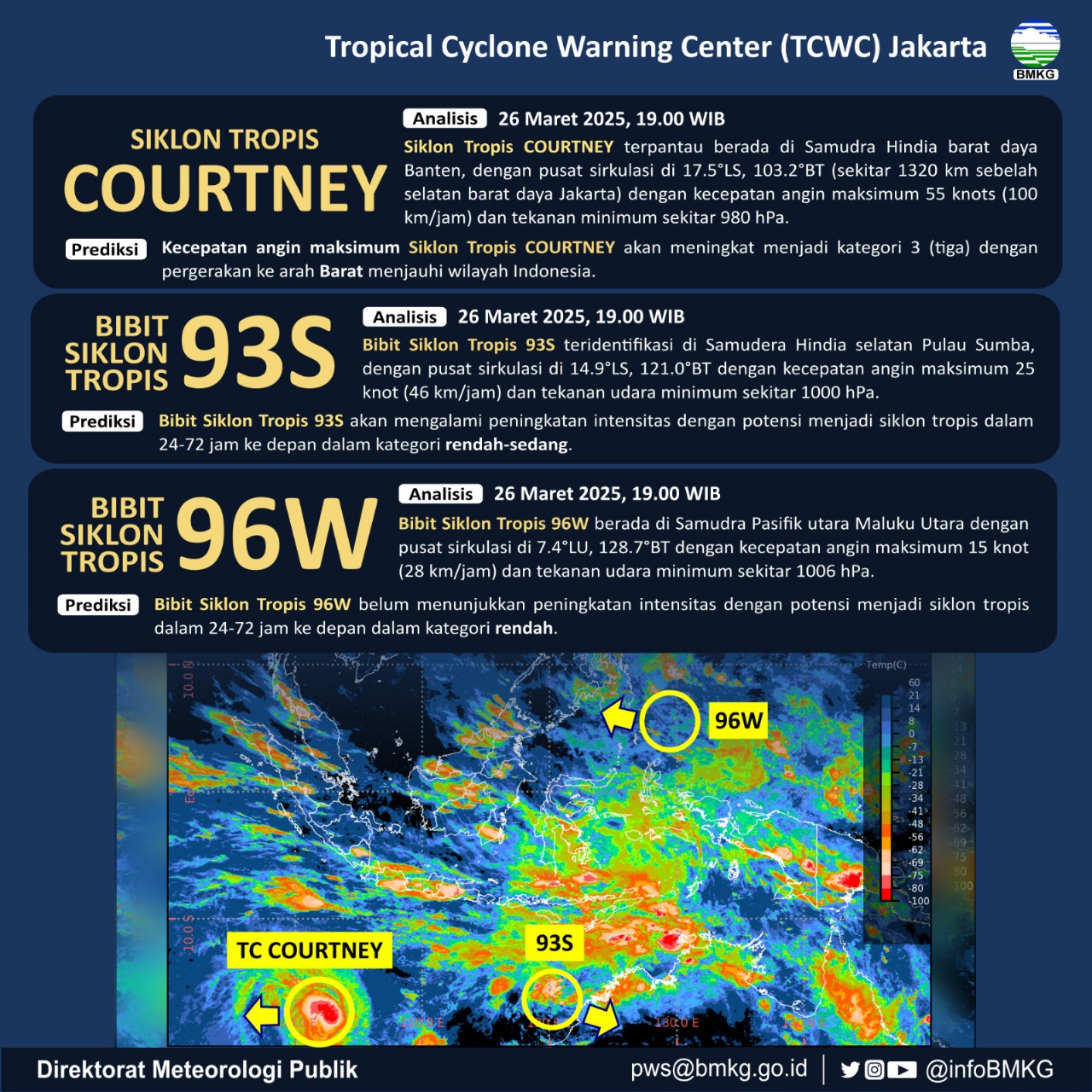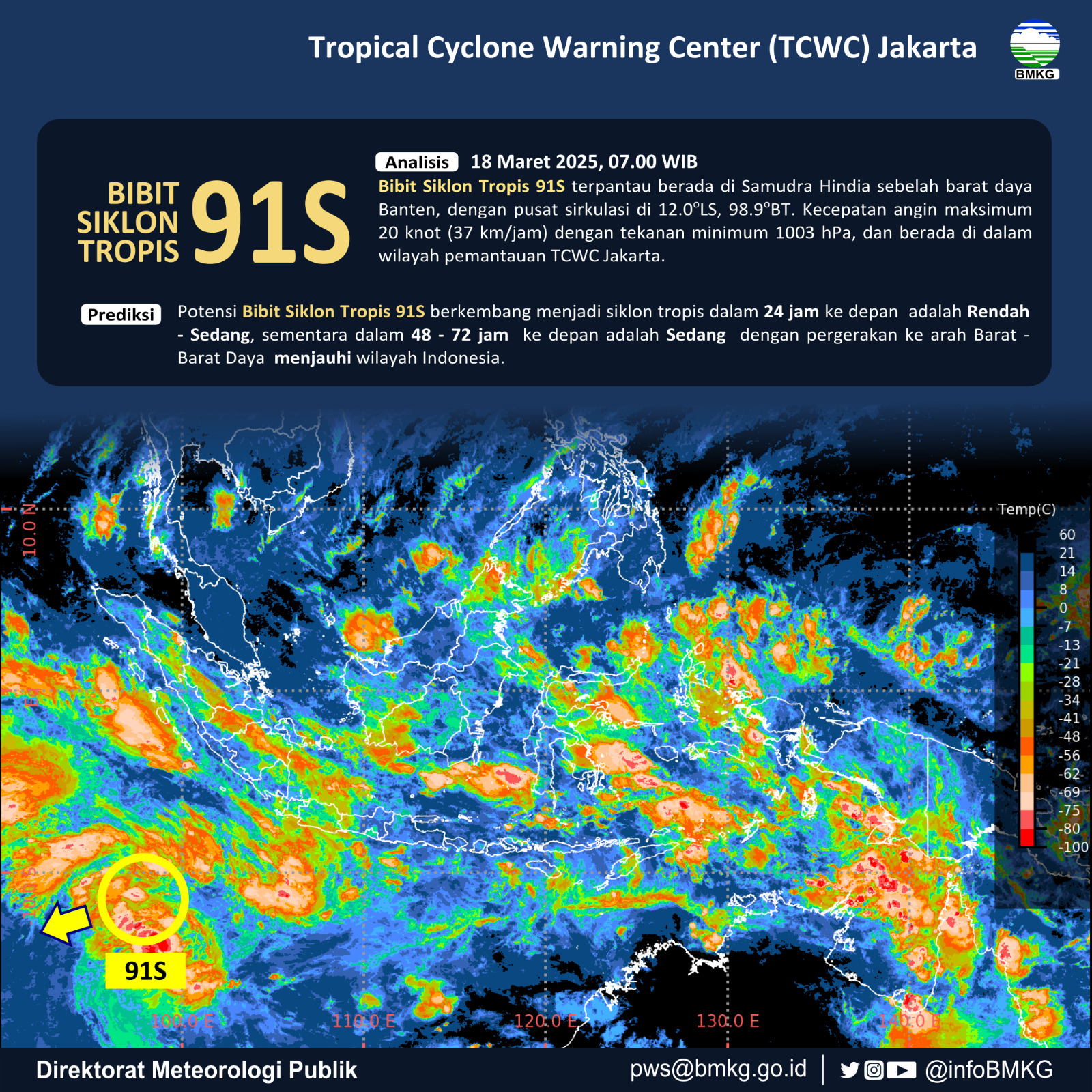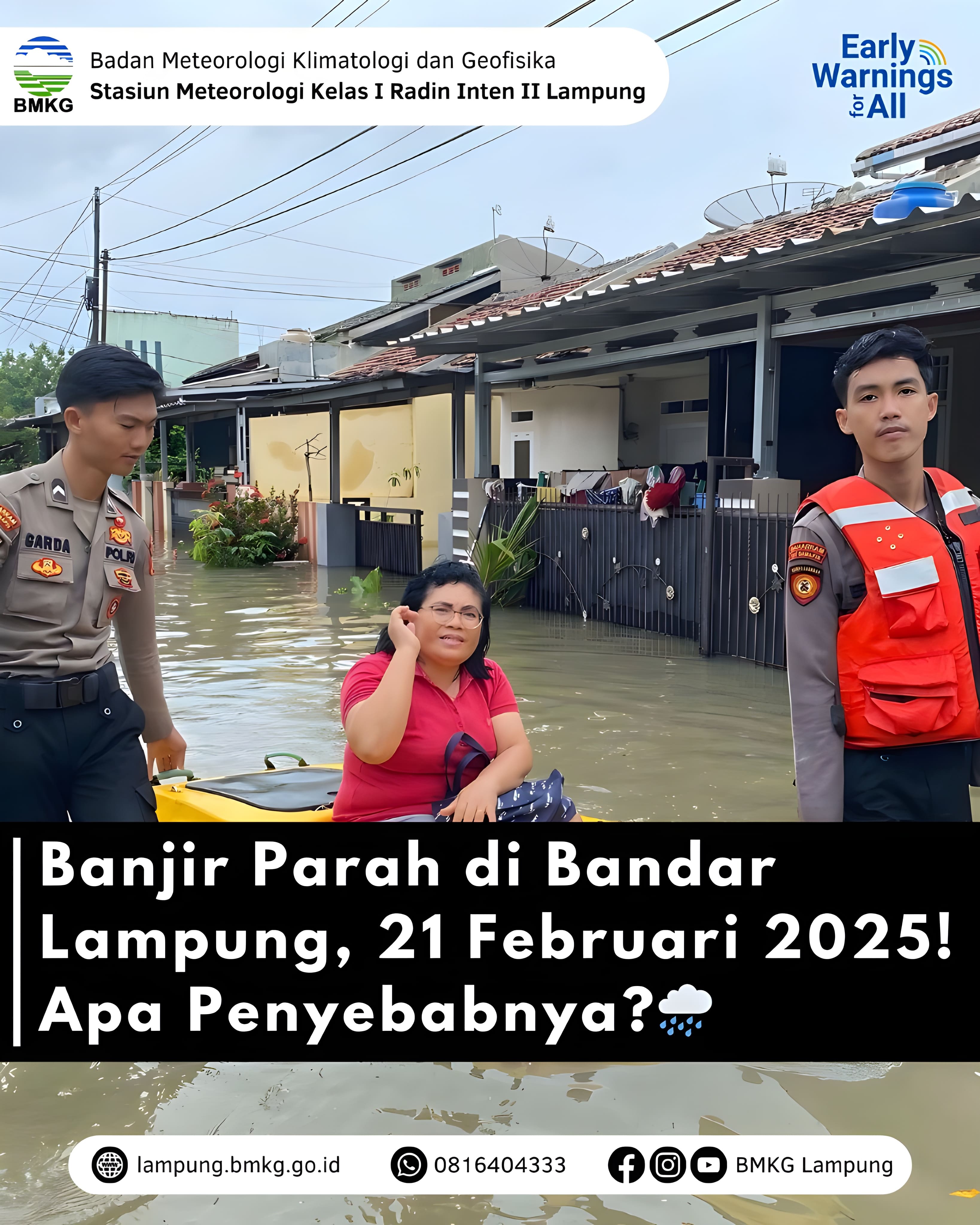Cepat, Tepat, Akurat, Luas, dan Mudah Dipahami
Penulis : Agustinus Kurniawan,RZ Abdul Aziz
Fog at airports greatly disrupts flight operations, limiting visibility and thus having a significant impact on flight operations such as taxiing, takeoff and landing. The biggest challenge in fog prediction is the inconsistent and chaotic complexity of atmospheric processes. This research uses the Neural Network algorithm and random forest algorithm to predict fog at Radin Inten II Airport in Lampung. The data used in this study include 14 weather attributes collected hourly from 2020 to 2024. Meteorological variables analyzed include dry bulb temperature, wet bulb temperature, dew point, relative humidity, barometric pressure QFE and QFF, and fog-related weather conditions . The predictive model was optimized by hyperparameter tuning including optimizer selection (SGD, Adam), learning rate ( 0.001), and number of epochs ( 300). The research results show that the random forest model with optimal configuration provides the highest accuracy of 69.44% in fog prediction. The Backpropagasi Neural Network also shows good performance well with an accuracy of 67.23%. By using this model, fog predictions can be made more accurate and faster, providing significant benefits to aviation safety. This research highlights the importance of using diverse data and rigorous evaluation methods to create reliable and effective weather prediction models.
 Musim Kemarau Sebentar Lagi! Waspada Cuaca Ekstrem Saat Pancaroba!
30 Mar 2025
Musim Kemarau Sebentar Lagi! Waspada Cuaca Ekstrem Saat Pancaroba!
30 Mar 2025
 SIKLON TROPIS COURTNEY & BIBIT SIKLON 93S AKTIF DI SAMUDERA HINDIA: WASPADA GELOMBANG TINGGI DI PERAIRAN LAMPUNG!
27 Mar 2025
SIKLON TROPIS COURTNEY & BIBIT SIKLON 93S AKTIF DI SAMUDERA HINDIA: WASPADA GELOMBANG TINGGI DI PERAIRAN LAMPUNG!
27 Mar 2025
 Bibit Siklon Tropis Masih Mengintai, Lampung Berpotensi Diguyur Hujan Lebat & Gelombang Tinggi!
18 Mar 2025
Bibit Siklon Tropis Masih Mengintai, Lampung Berpotensi Diguyur Hujan Lebat & Gelombang Tinggi!
18 Mar 2025
 APA SAJA YANG BISA MENYEBABKAN PESAWAT TIDAK BISA MENDARAT?
01 Mar 2025
APA SAJA YANG BISA MENYEBABKAN PESAWAT TIDAK BISA MENDARAT?
01 Mar 2025
 Hujan 160mm dalam Sehari, Kota Bandar Lampung Tak Lagi Mampu Menampung!
25 Feb 2025
Hujan 160mm dalam Sehari, Kota Bandar Lampung Tak Lagi Mampu Menampung!
25 Feb 2025
© 2020 - 2025 BMKG - Provinsi Lampung | Developed by Asenookei
Version 5.02 (beta)